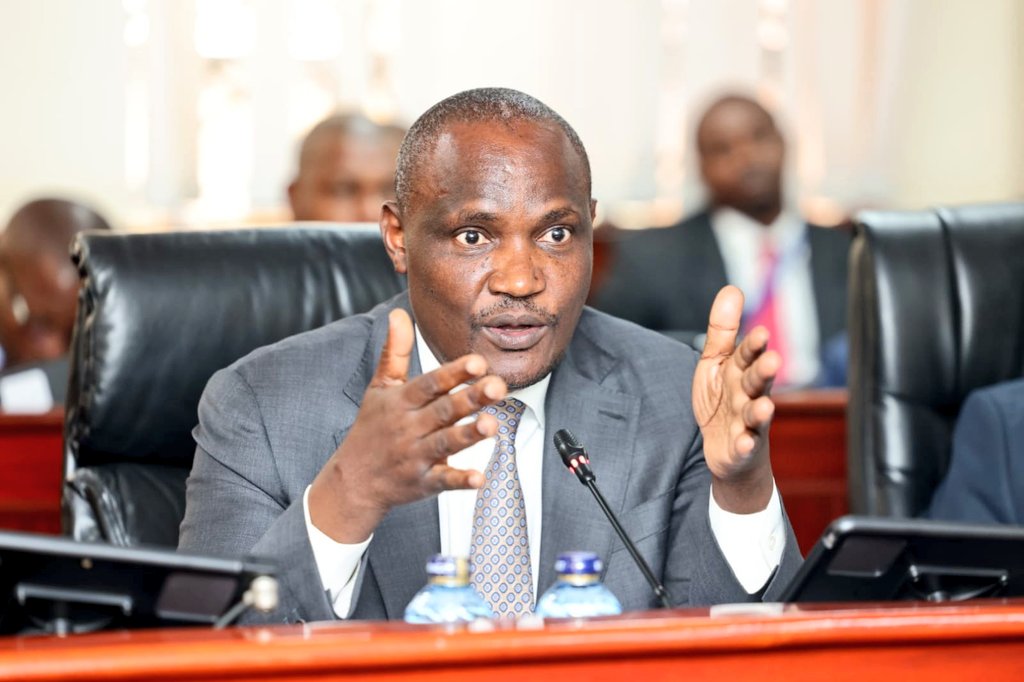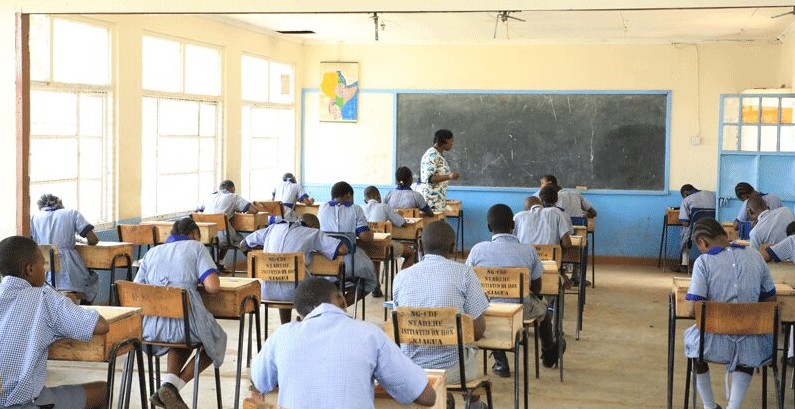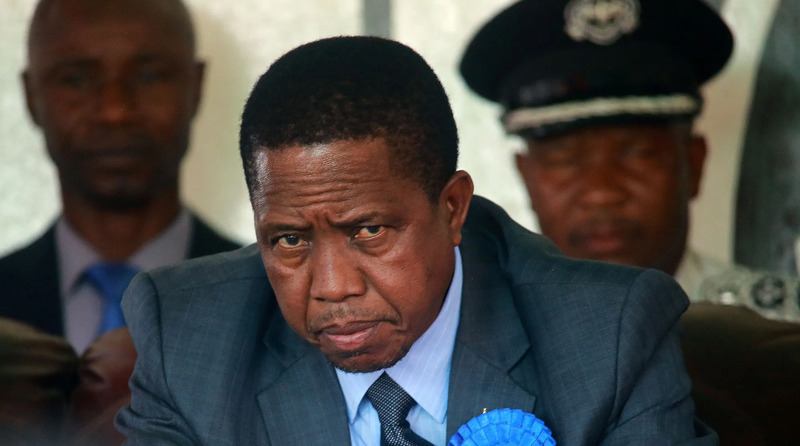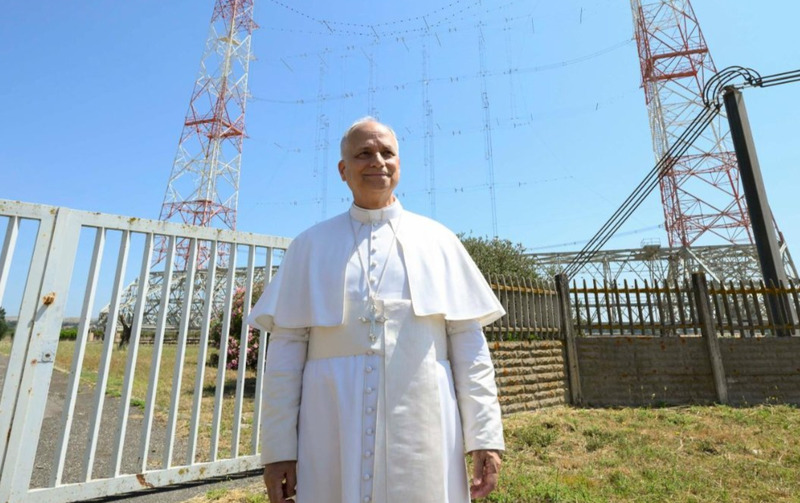Treasury to spend Sh1.09 trillion on public debt in FY 2025–26

According to data from the National Treasury, Sh851.42 billion of this amount will go toward domestic debt repayment, while Sh246.26 billion will be used to pay external lenders.
Kenya will spend a staggering Sh1.09 trillion on public debt repayments in the 2025–26 financial year, underlining the mounting debt burden that continues to squeeze public resources and strain Kenyans already grappling with high taxes and the cost of living.
This figure marks a Sh94.2 billion increase from the Sh995.76 billion spent on debt servicing in the current financial year ending this month.
More To Read
- Debt: Senators expose how counties are driving contractors into bankruptcy
- Court refers Okiya Omtatah's Sh4.6 trillion debt petition to CJ Martha Koome
- World Bank warns of mounting fiscal pressure as Kenya faces debt distress risk
- Kenya Kwanza Government adds Sh1.4 trillion to national debt in two years
- Kenya's historic public debt audit set for completion in August
- Senator Omtatah sues Uhuru, Ruto over trillions in public debt
According to data from the National Treasury, Sh851.42 billion of this amount will go toward domestic debt repayment, while Sh246.26 billion will be used to pay external lenders.
Domestic debt is largely held by banks, insurance firms, and pension funds through treasury bills and bonds.
The debt repayment is the single biggest expenditure item in the 2025–26 national budget, further crowding out funding for development projects and essential services.
Kenya’s public debt reached Sh11.35 trillion in March 2025, equivalent to 70 per cent of GDP, quadrupling from Sh2.84 trillion in June 2015.
This sharp rise has led to critical programmes being denied funds in favour of debt obligations.
The 2025–26 spending plan, to be presented by Treasury Cabinet Secretary John Mbadi, totals Sh4.23 trillion against projected revenues and appropriations-in-aid of Sh3.31 trillion.
The fiscal deficit of Sh876.1 billion is expected to be financed through external borrowing of Sh284.2 billion and domestic borrowing of Sh591.9 billion.
In its October debt sustainability analysis, the Treasury found that although public debt remains sustainable, it faces a high risk of distress.
The present value of debt stood at 63 per cent of GDP, well above the 55 per cent threshold, meaning Kenya has until November 1, 2028, to bring it down.
The debt-to-GDP ratio fell to 65.7 per cent during the 2023–24 financial year, from 72 per cent the previous year, aided by a stronger Kenyan shilling.
However, the country’s total debt stock still rose to Sh10.58 trillion, up from Sh10.27 trillion a year earlier. External and domestic debt stood at Sh5.17 trillion and Sh5.41 trillion, respectively.
The Parliamentary Budget Office has flagged a turbulent fiscal environment marked by revenue shortfalls, heavy debt service costs, and increasing pressures on spending in health and education.
Treasury estimates for 2024–25 had placed interest payments at Sh1 trillion, with Sh900 billion set aside for repaying principal amounts.
These figures illustrate the scale of debt service in relation to available funds.
Kenya’s fiscal credibility came under scrutiny last year amid fears of defaulting on a $2 billion international bond.
After violent tax protests, the government paused some tax plans. Eventually, the Treasury bought back most of the bonds in February through a $1.5 billion issuance and paid off the remainder in June.
This repayment was seen as a boost to investor confidence and helped attract new capital into the economy.
However, concerns persist over Sh1.38 trillion in contracted but undisbursed loans as of June 2024, which attracted Sh1.583 billion in commitment fees.
Between 2016 and 2024, Kenya paid Sh18.9 billion in commitment charges for such loans, a burden that adds no value until the funds are released. The delays stall economic and social benefits tied to these projects.
Top Stories Today














































